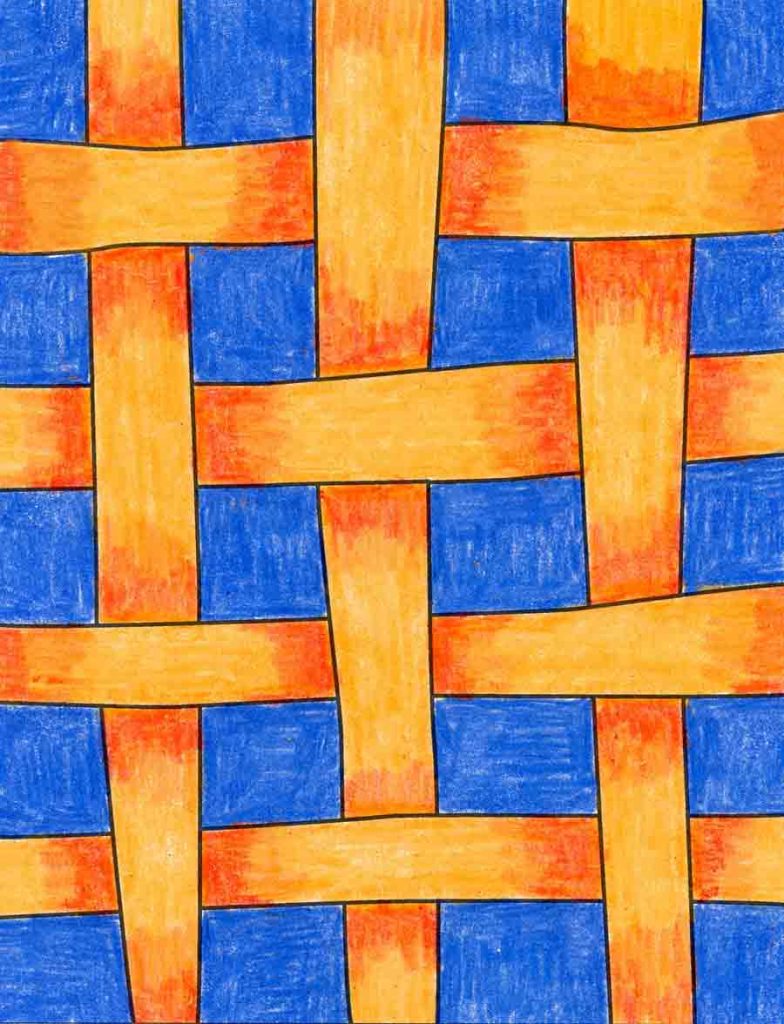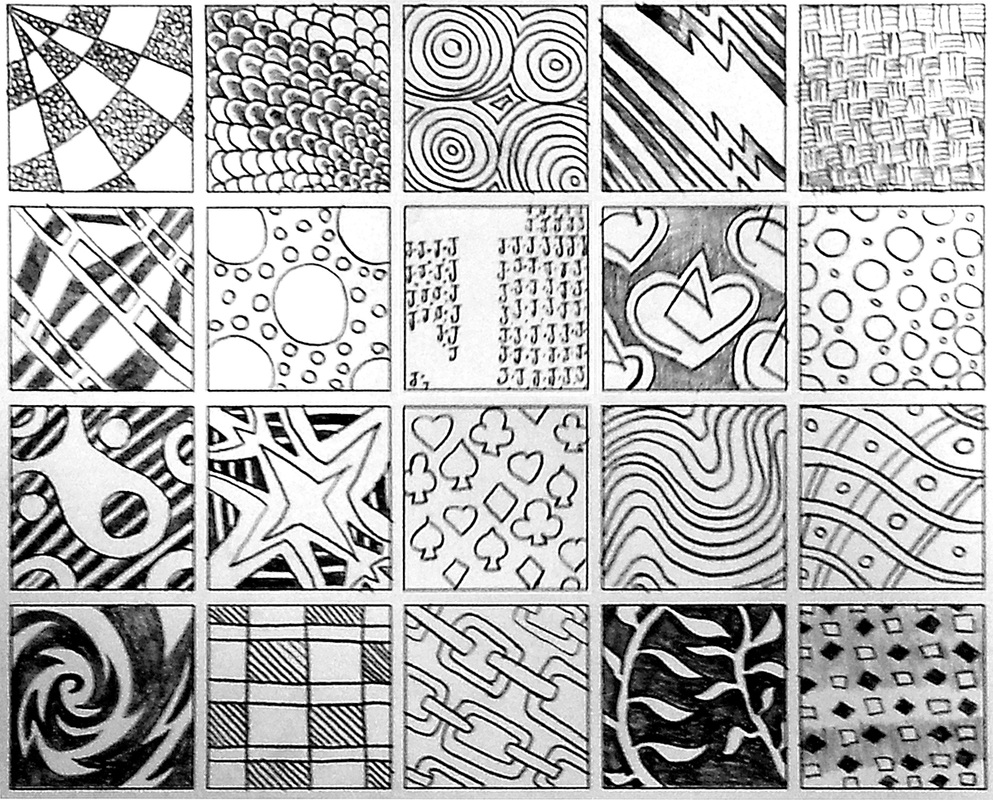
Your skills and experiences could help out another member of the Sisterhood.Introduction into February Tooling Floral Themeįor the entire month of February, I want to focus on floral design and tooling. What are your schematic drawing tips?ĭo you have any tips and tricks for drawing knitting pattern schematics? Share them in the comments section below. Focus on making your schematic as easy to “read” as possible. You could draw a beautifully realistic looking schematic, but if it isn’t clear where the finished measurements are taken from, it’s useless. The purpose of your schematic is to clearly inform makers of the dimensions of each size in your design. Bonus Tip: Remember the purpose of your schematic I’ve never quite mastered that side of things, however, I use this tool all the time to quickly mirror raglan seams or trim lines. He used the flip tool in his vector graphics programme to make perfectly symmetrical flat drawings - they were stunning. This is another tool that my university teacher used a lot. Then, you can manually adjust the lines to create the curves that you want. This speeds up the process and gives you a good foundation for your drawing.

#Patterns to draw full#
Start angular and smooth your lines out afterwardsĮven though your knitting pattern design will likely be full of curved lines, I suggest mapping out each section of your schematic using straight lines initially. Finally, I use the finest line for the details, which includes the trims or even any stitch panels.Ħ.

These are the seams or any significant shaping lines such as your raglan shaping in a seamless sweater. I then use a medium line for what I call the “style lines”. I use the thickest line for the outline of my schematic - this gives the drawing weight and grounds it on the page. This is another tip that I heard at university and wow! It makes a massive difference in giving your knitting pattern schematics depth and definition. I don’t always draw schematics with the grid on, but when I’m struggling to get a drawing to look even and symmetrical, I love using the grid. Put the grid onĪgain, this is a feature that most vector graphics programmes will have. Once you’re done, you can delete the layer with the template, leaving you with a beautiful, finished schematic. Draw your schematic on the layers on top of the template, toggling the visibility of the template on and off to see how the drawing is progressing. You can add the body template to the bottom layer of your schematic drawing, reducing the opacity so that the template is only just visible. This is something that I continue to do to this day. They helped him to make his garment drawings proportional. My teacher often used to use body templates as the basis of his flat drawings. It takes away a lot of the stress from the process. Since I started drawing my own knitting pattern schematics, I have learned how useful layers can be. When I was a student, I didn’t see the point of using layers, despite what my teacher told me! I’d draw every section of my fashion flats on the same layer and would end up accidentally moving around lines and sections of my drawing whilst I was trying to draw other sections. You can label each layer to help you stay organised and lock layers that are complete so that you don’t accidentally move or delete parts of your drawing. Layers are a feature offered by most vector graphics programmes and allow you to draw different sections of your schematic on different layers. It has quite a learning curve, but once you get used to it, it creates amazing results.
#Patterns to draw free#
When I was at university, I used Adobe Illustrator for flat drawing, but now I use a free program called Inkscape.

A big benefit is that you will also be able to scale the schematic without the lines getting blurry or distorted. A vector graphics programme will help your schematics to look clearer, neater and more professional. I know it’s tempting to draw schematics by hand and scan them into your knitting patterns, but you won’t get the best results this way. In this blog post, I am sharing 7 tips and tricks I’ve learnt over the last few years that will simplify the process and give you better results when drawing knitting pattern schematics. I’m still not an expert, but schematics are no longer a chore and I want the same for you, too. In the years since, I’ve also come up with some tricks of my own that make me feel much more confident when drawing knitting pattern schematics. Despite my difficulties, my university teacher gave me some great tips that made flat drawing a lot easier.


 0 kommentar(er)
0 kommentar(er)
